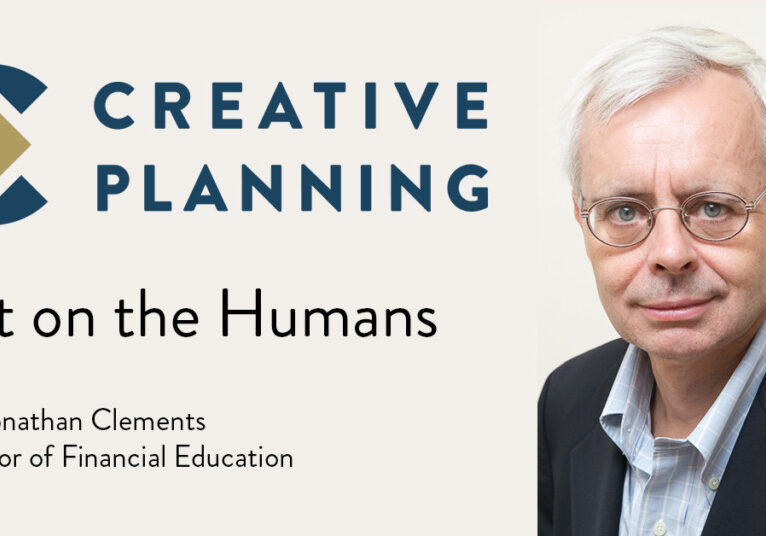It was the early 1980s and we—six children total, all teenagers or in our early 20s—were gathered at my mother and stepfather’s house for a family dinner.
“But the economy is built on sand,” insisted one of my older brothers.
My stepfather, who was an economist, looked up from his martini and gave a snort. “The economy is always built on sand,” he harrumphed.
To be clear, my stepfather didn’t really believe the economy was built on sand. But he knew it felt that way, and it still does.
I’ve been writing about the financial markets for 34 years. Every year, there’s been a reason not to own stocks—often a reason so compelling that grown men have run screaming in terror from the stock market, instead choosing to cower on the sidelines behind a colossal pile of cash. And while that may briefly have been the right strategy, it was never right for very long. Over the past 34 years, $1 invested in MSCI’s World stock index has grown to almost $20, including dividends.
That brings us to today’s compelling reason not to own stocks. Rising tariffs, and especially the trade dispute with China, have many investors thoroughly spooked, and not without good cause.
But perhaps a little perspective is in order. When folks mention trade wars, the conversation invariably turns to the Smoot-Hawley tariffs and how they exacerbated the Great Depression. The U.S. tariff rate in the early 1930s approached 60%. But the majority of imports were exempt, so the total tariffs collected by the U.S. government amounted to some 20% of the value of all imports. Those tariffs prompted other countries to erect their own trade barriers. The resulting sharp slowdown in international trade badly hurt the global economy.
How does the current trade dispute compare? The U.S. has imposed tariffs on steel, aluminum, washing machines and solar panels, prompting retaliatory tariffs by other countries. But one estimate puts these goods at just 4.1% of total U.S. imports. Moreover, the steel and aluminum tariffs on some countries have since been lifted.
Instead, the key trade disagreement is with China. Based on the combined value of imports and exports, China is our third biggest trading partner, after Mexico and Canada. Indeed, we import more from China than anywhere else, with Chinese goods accounting for 17.7% of U.S. imports. Let’s suppose we end up slapping a 25% tariff—which seems to be the going rate—on every Chinese import. Even then, we’d be at tariffs equal to just 4.4% of total imports, a far cry from the 20% hit in the early 1930s.
Of course, the current administration might opt for tariffs higher than 25% or start a trade dispute with another country. But for now, the trade war seems more like a skirmish and the economic impact will probably be modest. How do I know? Because that’s what the stock market is telling us.
The brokerage firm strategists you see quoted in The Wall Street Journal and pontificating on CNBC almost always sound knowledgeable and insightful. But they’re rank amateurs compared to the stock market itself, because the market reflects the wisdom of all investors. I might see signs of an economic slowdown. You might find reasons for optimism. All of us buy and sell based on our individual knowledge and insights, and today’s share prices reflect what we collectively think.
And right now, we’re collectively betting that we’ll muddle through. What does muddling through look like? Despite all the handwringing and hot air, most investors still share one key belief—that corporate earnings will continue to climb. For instance, the good folks at S&P Global expect the reported earnings per share of the S&P 500 companies to increase 14% in 2019 and another 11% in 2020.
For stock market investors, that’s what matters most. If corporate earnings keep climbing, share prices will eventually follow suit. What if we’re wrong about company profits? Stock prices will suffer. But any suffering will likely be short-lived.
Consider the past 50 years. Over that stretch, the S&P 500’s earnings per share rose 6.5% a year—and, lo and behold, stock prices rose 6.6%, with dividends on top of that. Can we be confident this will continue? I think so. Every day, folks around the world clamber out of bed and eagerly seek to improve their lot in life. That fundamental human desire propels economic growth, that growth drives up corporate profits—and, as those profits rise, so too do share prices. My advice: Forget the tariffs. Bet on the humans.


